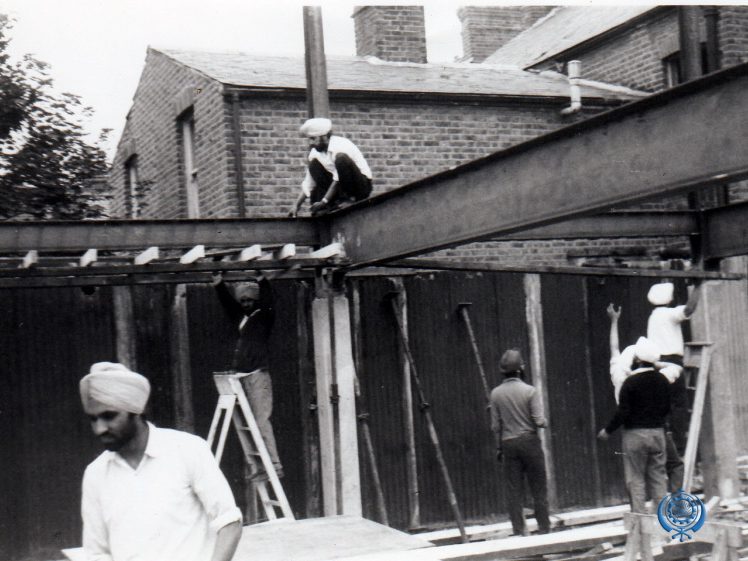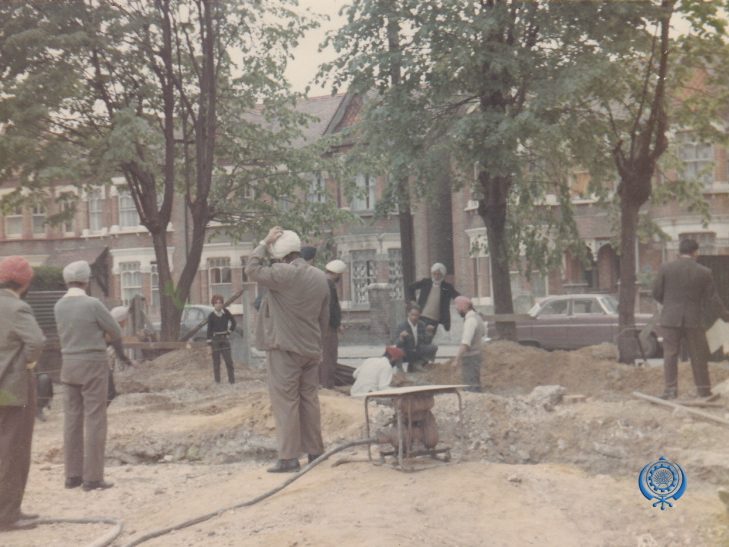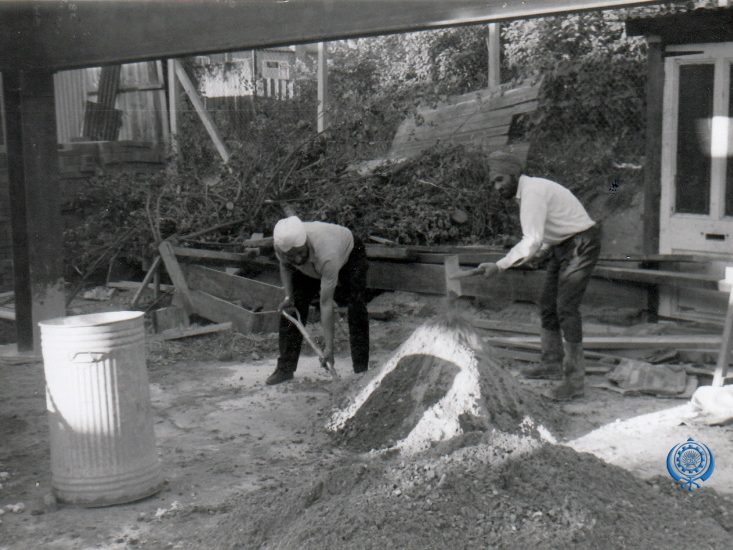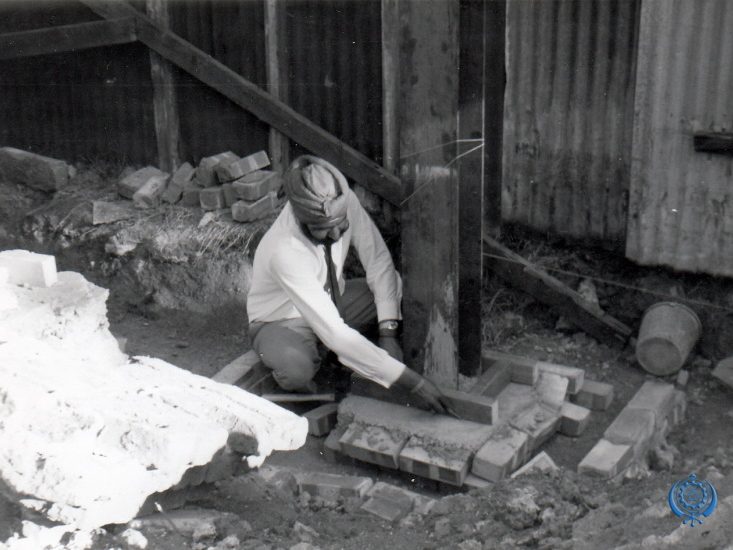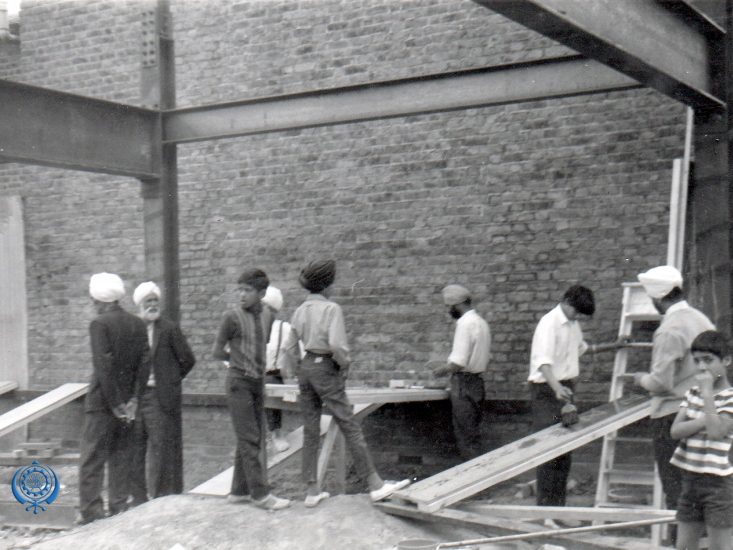Sikh Education Centre
Learning Together • Growing Together • Rooted in Sikhi
Every Sunday from 10 a.m. to 1 p.m., our centre opens its doors to children, teenagers, and adults
for an enriching learning experience. Whether you’re exploring Panjabi, deepening your knowledge
of Sikhi, or building essential life skills, there is a place here for you.
Academic Classes
We offer structured, high-quality courses aligned with recognised examination boards:
- A-Level Panjabi – AQA syllabus
- GCSE Panjabi – AQA syllabus
- GCSE Sikhi – Pearson Edexcel syllabus
- Sikhi Support for GCSE Religious Education
Our academic programmes help students strengthen language skills, gain a deeper understanding of Sikh heritage,
and approach their exams with confidence and clarity.
Classes for Younger Students (Reception – Year 9)
Time: 11 a.m. – 1 p.m.
Location: Hambrough Primary School (via St Joseph’s Drive)
Facilities: On-site parking available
These classes offer a fun, interactive introduction to Sikh values, culture, and language—helping younger
learners grow with confidence and curiosity.
Adult Education
Our term-time adult classes are ideal for anyone wishing to continue learning, reconnect with Sikh teachings,
or strengthen their Panjabi language skills in a supportive environment.
Activities at the Gurdwara
Students also enjoy opportunities to take part in:
- Public speaking and presentation skills
- Kirtan recitation
- Key Sikh festivals and commemorative events
These activities help build confidence, creativity, and a deeper sense of belonging within the community.
A Safe & Supportive Environment
Your child’s wellbeing is our priority. All our teachers and volunteers are DBS-checked and receive
regular Safeguarding and Health & Safety training, ensuring a safe and nurturing space
for every learner.
Enroll Today!
Ready to join our classes or find out more? Contact the Ramgarhia Sabha Education Team:
Phone: 0208 843 1167
Mobile: 07722 414 030
Email: education@ramgarhia.org
Become part of a welcoming community that celebrates education, culture, and Sikh traditions.
We look forward to learning and growing together.


